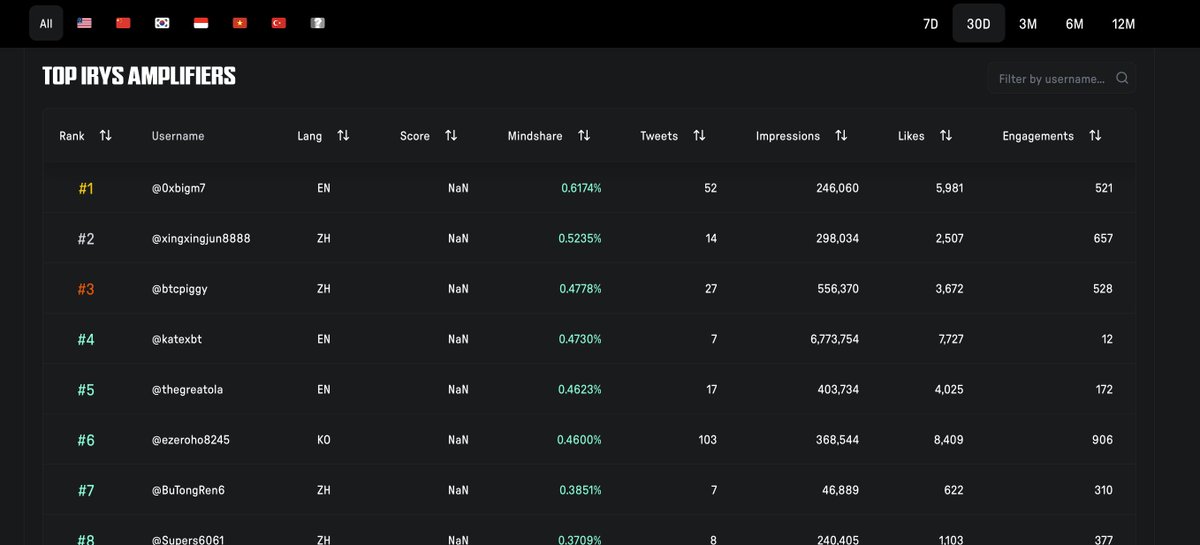In the past, every time I submitted my work for a competition, it felt like I was throwing it into a black hole. Once uploaded, it was lost forever, with no way of knowing if it was seen, if the judging was fair, or if I could make changes. My data was "set in stone," while I was still growing.
Until this time, I participated in a decentralized art competition based on @irys_xyz, and the experience was completely different.
When I submitted my work, the first thing I entered was the Submit Ledger. It wasn't uploaded immediately to the blockchain, but rather recorded my submission intent, timestamp, and signature. At that moment, I felt like my work had "checked in," not "reached the finish line."
Next, community members began voting, reviewing, and discussing. This review could take place through off-chain governance or a DAO vote. These comments helped me refine my work, and the process was open and traceable. For the first time, I realized that data could have an "intermediate state."
Finally, my work was selected and published to the Publish Ledger, officially on-chain and immutable. At that moment, I knew this wasn't just a simple "upload," but a "graduation ceremony." From submission to verification to release, and even with an extension layer supporting governance logic for different use cases, Irys is more than just a storage tool; it imbues data with life: programmable, governable, and capable of evolution.
It's not a simple "upload and you're done" process; it's a real, dynamic data flow. Just like my creative work, it's not a one-time completion, but a continuous iteration.


